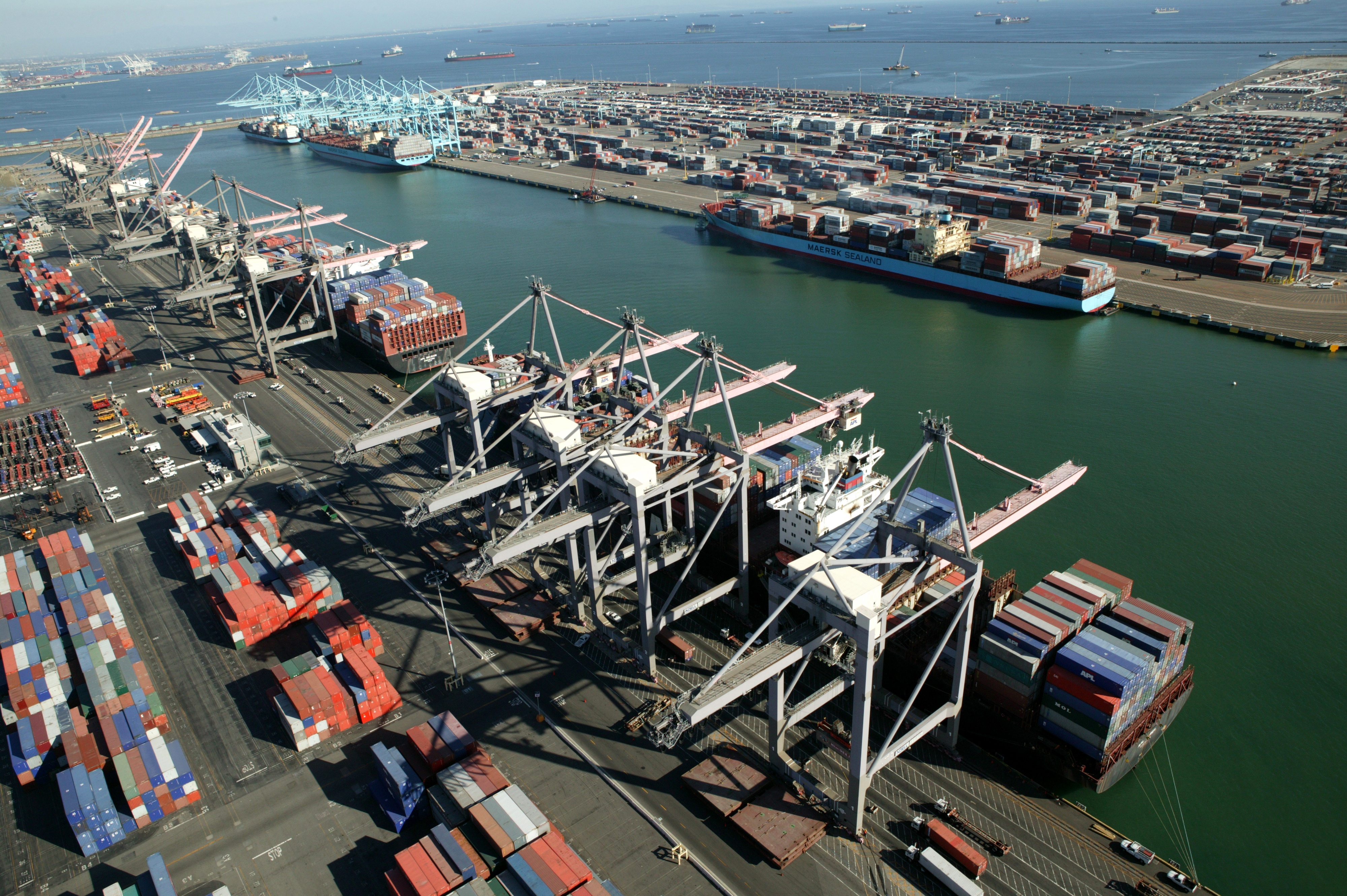The combined ports of Los Angeles and Long Beach process 38,000 TEUs per day. When your imported products arrive there, the longest leg of your supply chain is done. But in many ways, the toughest leg has just begun.
Products that sit in containers at the Los Angeles and Long Beach Ports don’t generate cash, only expense. But getting products off port and onto retail store shelves can be a challenge, particularly if you are unfamiliar with the immense LA and Long Beach port complexes, port and terminal procedures, and the California and local laws on cargo freight movement. Here is some advice taken from Weber Logistics’ white paper “Logistics Primer for Importers to Southern California Seaports.”
- Get to know your MTO. Marine Terminal Operators are businesses that contract with ocean carriers to process containers at the port. Some MTOs are less efficient than others, leading to port delays that can lengthen your cash cycle and costs. Ocean carriers that contract with a highly efficient MTO are your best bet.
- Choose your drayage partner carefully. The lowest-priced provider of container transportation to and from the port may not offer the lowest cost. You want a partner that makes many daily runs into and out of the port complex and is familiar with the physical layout and all the various port and MTO procedures. An inexperienced drayage partner can cost you hours of lost time and thousands of dollars.
- Consider night moves. Moving goods from the port during off peak hours avoids the per-container PierPASS charge. But this may lead to other costs, such as holding the container at a local yard until it can be delivered to your consignee the next business day. An experienced provider of Southern California port services can advise you of all your options for moving goods off port.
- Choose your West Coast warehouse carefully. What’s the best location for your company’s warehouse? It depends. If you establish a transload/warehouse facility near the port, your drayage services will be cheaper and transportation costs to LA customers lower, but space and labor costs will be higher and you’ll deal with LA-area road congestion. If you choose to locate in the Inland Empire region – a major hub for logistics activity 60 miles east of Los Angeles – your space and labor costs will be cheaper and facilities will be newer, but drayage and outbound transportation costs will increase because of the added distance from the port.
- Consider outsourcing to a Southern California 3PL. Most companies that manufacture goods offshore are predisposed to outsourcing warehousing and final delivery. They want to focus on growing their business and don’t want the time, hassle and capital expense of operating a logistics infrastructure. In these cases, it could be invaluable to partner with an experienced Southern California 3PL that understands the ins and outs of getting import goods off port and onto retail shelves.




 Capital Management
Capital Management